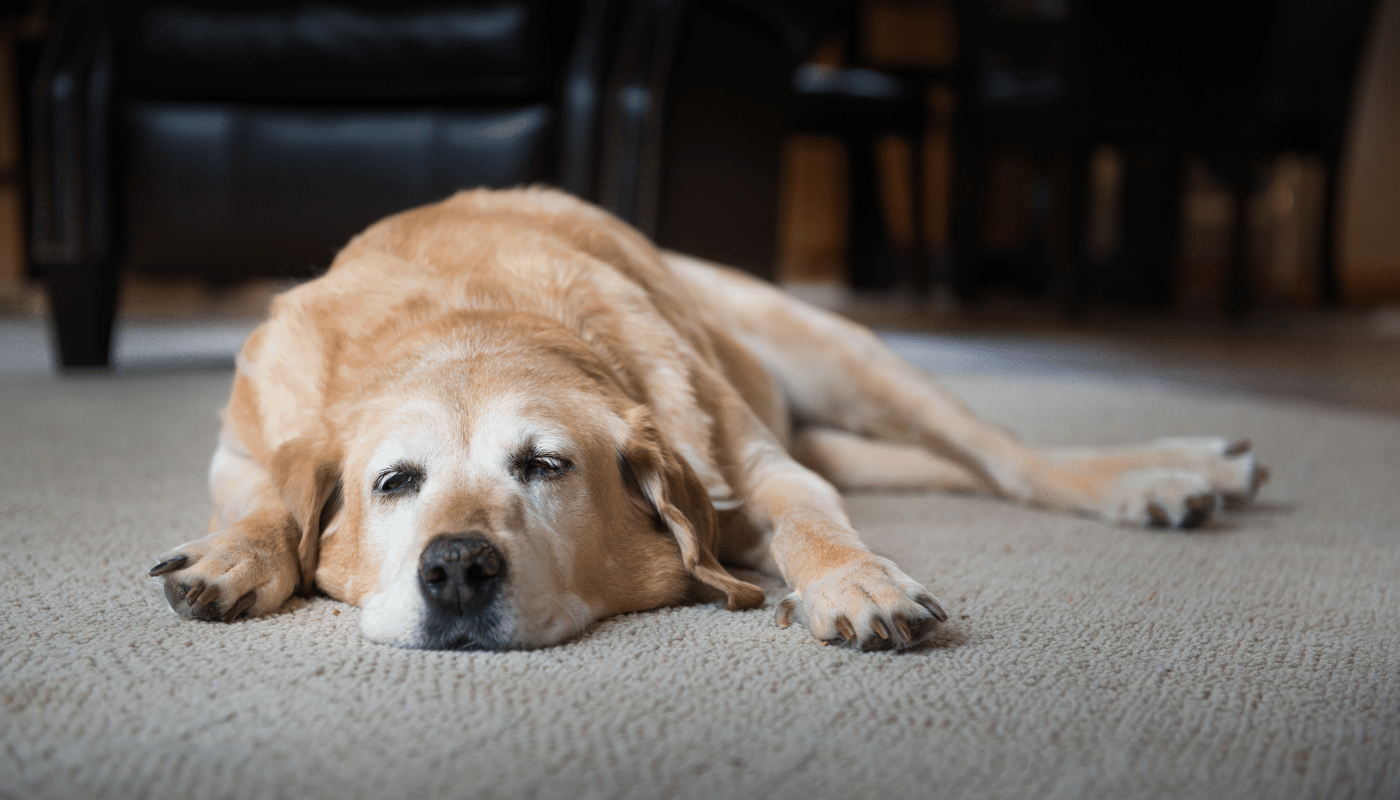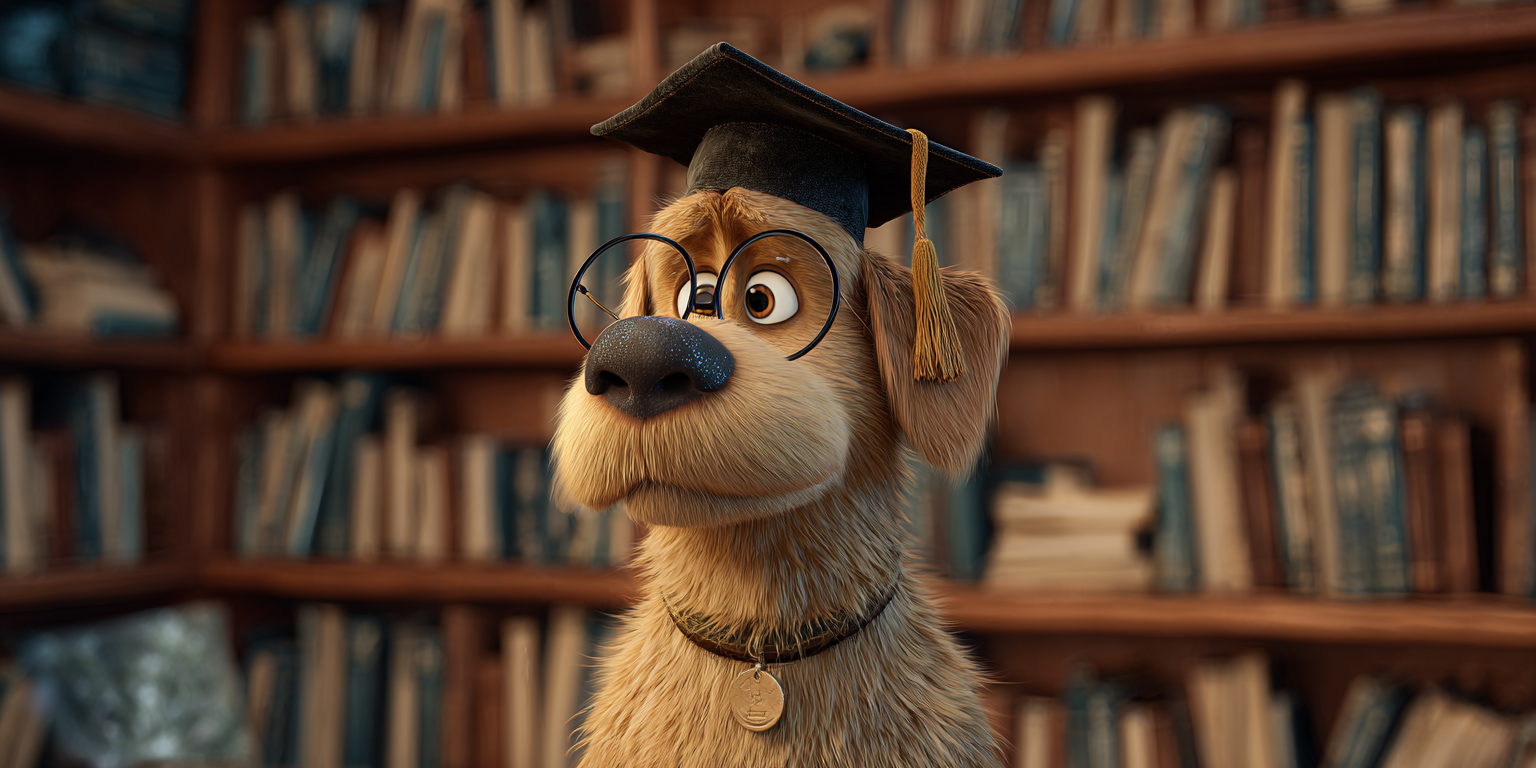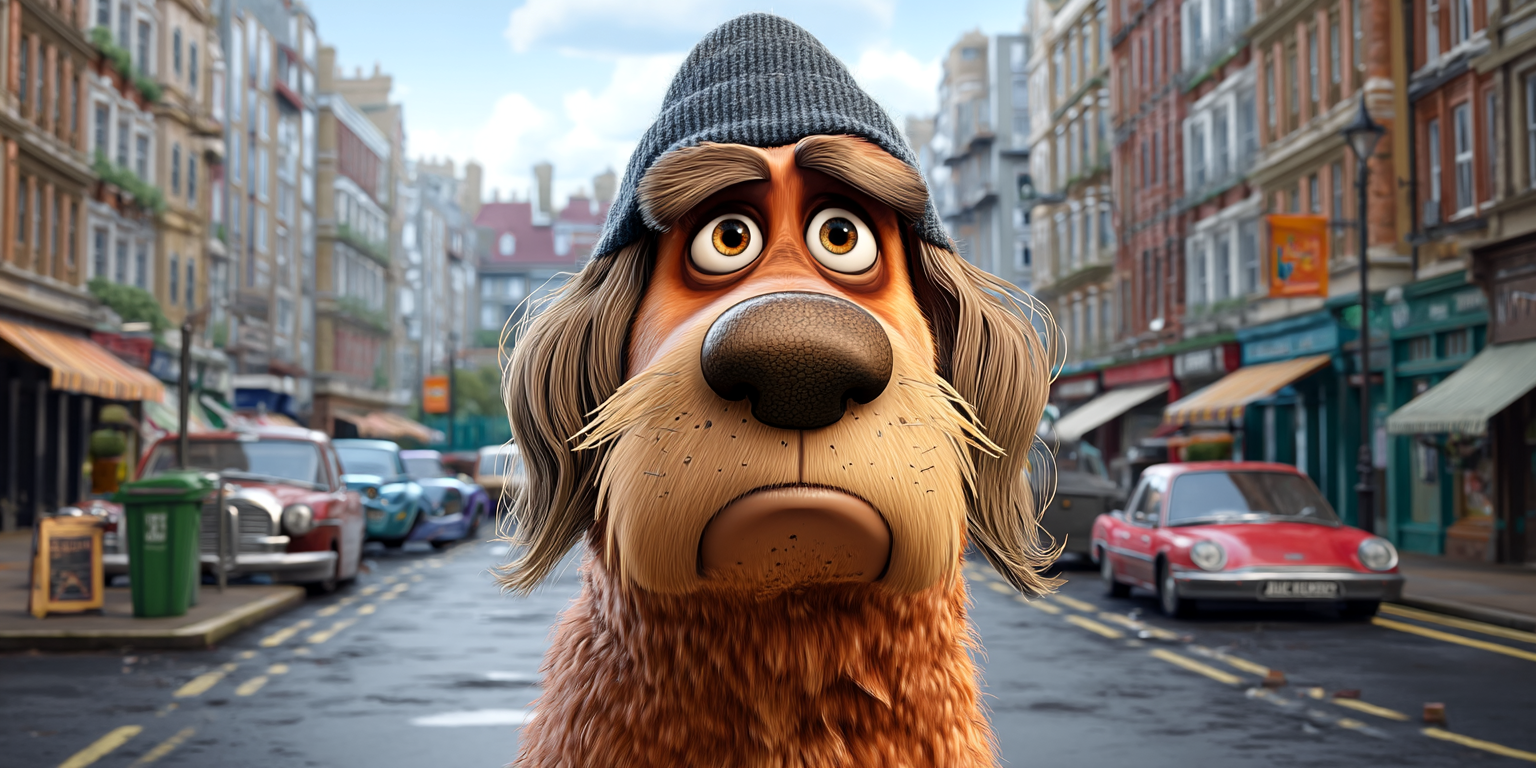Separation Anxiety in Dogs
Separation Anxiety in Dogs: Understanding, Managing, and Easing the Stress for Australian Pet Owners

For many Aussie dog owners, leaving the house without their furry best friend can feel like abandoning a child.
You walk out the door, keys in hand, only to hear howling start the moment it shuts.
Meanwhile, back at home, your dog is pacing, barking, chewing furniture, or scratching at the door until you return. This isn’t just mischief—it could be separation anxiety.
Separation anxiety is a serious behavioural condition that affects countless dogs across Australia, from inner-city apartments in Sydney to wide backyards in rural Queensland. It can be heartbreaking for owners and incredibly distressing for dogs, leading to emotional turmoil, damaged property, and even strained relationships with neighbours.
This article will help you understand what separation anxiety is, why it happens, and most importantly—how to manage it compassionately and effectively.
What Is Separation Anxiety in Dogs?
Separation anxiety occurs when a dog experiences intense stress or panic when left alone or separated from their primary caregiver. It’s not simply boredom or naughtiness—it’s a genuine psychological response that can manifest in various behaviours.
Common Signs of Separation Anxiety:
- Excessive barking or howling when left alone
- Destructive behaviour (chewing, digging, scratching doors and windows)
- Pacing or restlessness
- House soiling, even if the dog is toilet trained
- Escaping or attempting to escape confinement
- Drooling, panting, or trembling
- Self-harm, such as chewing paws or excessive licking
- Frantic excitement or clinginess upon the owner’s return
These behaviours typically occur within minutes of an owner leaving and are a clear sign your dog is in distress—not acting out.
Why Do Dogs in Australia Experience Separation Anxiety?
1. Over-Attachment
Dogs are social animals. In Australia, many of us treat our dogs like family—which is beautiful, but it can also contribute to over-attachment. If your dog is rarely left alone and is constantly showered with attention, they may struggle when you’re suddenly not there.
2. Pandemic Puppies and Working from Home
COVID-19 lockdowns led to a boom in dog ownership, with thousands of Australians adopting puppies or rescue dogs. While this was heart-warming, many of these “pandemic pups” never learned to be alone. As people return to work or travel, dogs that were once by their owner’s side 24/7 are now left confused and scared.
3. Changes in Routine or Environment
Moving house, a change in work hours, or a family member leaving (divorce, death, or even a child starting school) can trigger anxiety. Dogs thrive on routine, and disruptions can make them feel insecure.
4. Trauma or Abandonment
Rescue dogs or those who have spent time in shelters are more likely to develop separation anxiety. The fear of being left behind again can become overwhelming.
The Emotional Toll on Owners
It’s not just dogs who suffer—owners do too.
Many Australians report feelings of:
- Guilt about leaving their dogs alone
- Anxiety when heading to work or going out
- Frustration when returning to find destruction or mess
- Embarrassment due to neighbour complaints about barking
- Helplessness, unsure how to fix the issue
In some cases, dog separation anxiety can even affect employment or social lives, as owners alter routines to avoid leaving their pets alone.
How to Help Your Dog Overcome Separation Anxiety
Thankfully, with the right strategies, patience, and sometimes professional help, separation anxiety can be managed or even overcome.
Here’s how to get started:
1. Create a Calm, Predictable Routine
Dogs thrive on routine. Establish clear, predictable daily patterns so your dog feels secure.
- Consistent feeding, walks, and playtime help ground them.
- Departure cues (like putting on shoes or grabbing keys) should be desensitised. Do them throughout the day without leaving to break the association.
2. Practice Gradual Departures (Desensitisation Training)
Teach your dog that being alone is safe.
Start with small steps.
- Leave for a few seconds, then return. Reward calm behaviour.
- Gradually increase the time you’re gone.
- Always return calmly—avoid excited greetings that reinforce the idea your absence was a big deal.
This process takes time and consistency, but it’s essential.
3. Create a Safe and Enriching Environment
Make your absence enjoyable, not stressful.
- Leave a special toy or treat (like a frozen Kong with peanut butter or yoghurt) that they only get when you're gone.
- Use calming aids, like pheromone diffusers (Adaptil), soothing music, or dog-specific TV channels.
- Provide access to a cosy space or den—many dogs feel safer in a small, secure environment.
4. Exercise and Mental Stimulation
A tired dog is a calm dog.
- Morning walks before leaving help burn energy.
- Puzzle toys, snuffle mats, and treat-dispensing games can keep your dog busy and distract from your absence.
- Rotate toys to keep things interesting.
5. Avoid Long Goodbyes and Dramatic Returns
It’s tempting to cuddle your dog before you leave and get excited when you return—but this reinforces their anxiety.
- Keep departures low-key.
- Ignore your dog for a few minutes before leaving and after returning.
- Greet them calmly when they’ve settled down.
6. Build Independence While You’re Home
Encourage your dog to be okay on their own—even when you’re in the house.
- Use baby gates or playpens to create separation.
- Ask them to stay in another room while you go about your routine.
- Reward calm, independent behaviour with treats or praise.
7. Consider Doggy Daycare or a Dog Walker
If your dog is truly struggling with being alone for extended periods, daycare or a trusted dog walker can break up their day and reduce anxiety.
In many Australian suburbs and cities, dog walking services and reputable doggy daycares are widely available. They provide socialisation, stimulation, and relief from isolation.
8. Seek Professional Help
Sometimes, separation anxiety is severe and requires expert guidance.
- Certified dog trainers and behaviourists can help develop a customised behaviour modification plan.
- Veterinarians may recommend medication or supplements to ease severe anxiety during training.
You can find qualified professionals through:
- Delta Institute Australia
- Pet Professional Guild Australia
- Your local vet or RSPCA chapter
What Not to Do
While it’s natural to feel frustrated, certain reactions can make things worse:
- Never punish your dog for anxious behaviour. They’re not being “bad”—they’re scared.
- Don’t use shock collars or bark collars—these often increase anxiety and cause long-term harm.
- Avoid “flooding” (leaving them alone for hours to “tough it out”). It rarely works and can worsen the condition.
Tools That Can Help in Australia
- Adaptil pheromone diffusers or collars
- Dog TV Australia or YouTube calming music channels
- Automatic treat dispensers like Furbo or Petcube
- Snuffle mats, Lickimats, and interactive feeders
- Crates or playpens for dogs who feel safer in smaller spaces
Many pet supply stores in Australia stock anxiety-friendly products, and your local vet can help tailor recommendations to your dog’s needs.
Realistic Expectations and Progress
Separation anxiety isn’t fixed overnight. It’s a journey—and some dogs will always struggle with being left alone to some degree.
But with consistent training and empathy, you can greatly reduce their distress and improve their quality of life.
Final Thoughts: You're Not Alone, and Neither Is Your Dog
Separation anxiety is one of the most challenging issues Aussie dog owners face. It affects your dog’s wellbeing, your peace of mind, and even your lifestyle. But it’s not hopeless—and you don’t need to feel guilty.
Understanding that your dog’s behaviour stems from fear—not disobedience—is the first step toward compassion and action. With time, training, and sometimes support from professionals, your dog can learn to feel calm and secure—even when you’re not around.
Because being a great dog owner isn’t about being there every second—it’s about helping your dog feel safe, loved, and confident, no matter the circumstances.




